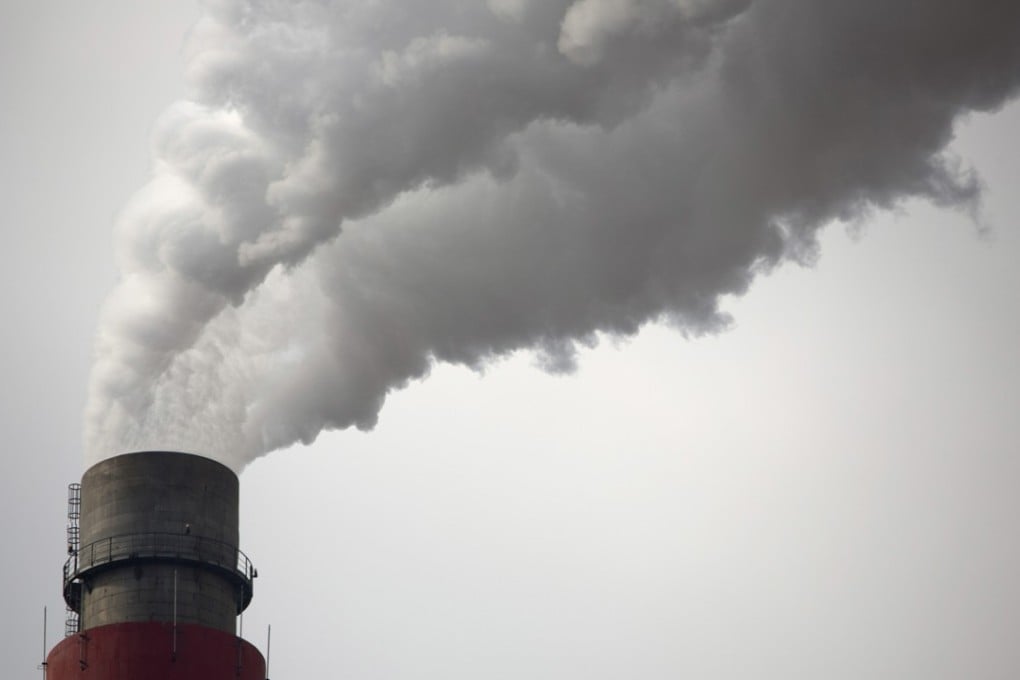Some good news on China’s air pollution fight, but it comes with a warning
US researchers find a new anti-pollution law in China has led to a drop of nearly 14 per cent in sulphur dioxide emissions at 256 coal-fired power plants

An American study has found that one element of China’s anti-pollution campaign appears to be working, although it offered some scepticism and suggested that the Chinese government take further steps to reduce the incentive for polluters to manipulate data.
The paper, “Quantifying coal power plant responses to tighter SO² emissions standards in China”, was published in the Proceedings of the National Academy of Sciences on Monday.
Researchers at the Massachusetts Institute of Technology, Columbia University and University of Colorado compared sulphur dioxide data from Chinese monitoring systems with Nasa satellite data that measures sulphur dioxide concentration levels globally to examine the impact of a specific law China put in place.
That law, the Emission Standard of Air Pollutants for Thermal Power Plants, required coal-fired power plants to significantly reduce emissions of sulphur dioxide starting in July 2014.
The data from the Continuous Emissions Monitoring Systems (CEMS) – power-plant sensors that capture on-the-ground concentrations of pollution – in 256 plants in Shanghai and Hubei, Shandong and Guangdong provinces showed that, with the policy in place, the concentration of these emissions at coal-fired power plants fell by 13.9 per cent between January 2014 and July 2016.
However, researchers found, while post-policy reductions in CEMS and satellite measurements corresponded closely in non-key regions, plants were least compliant in key regions, where air pollution is more severe with more population and the law called for greater reductions in sulphur dioxide emissions.